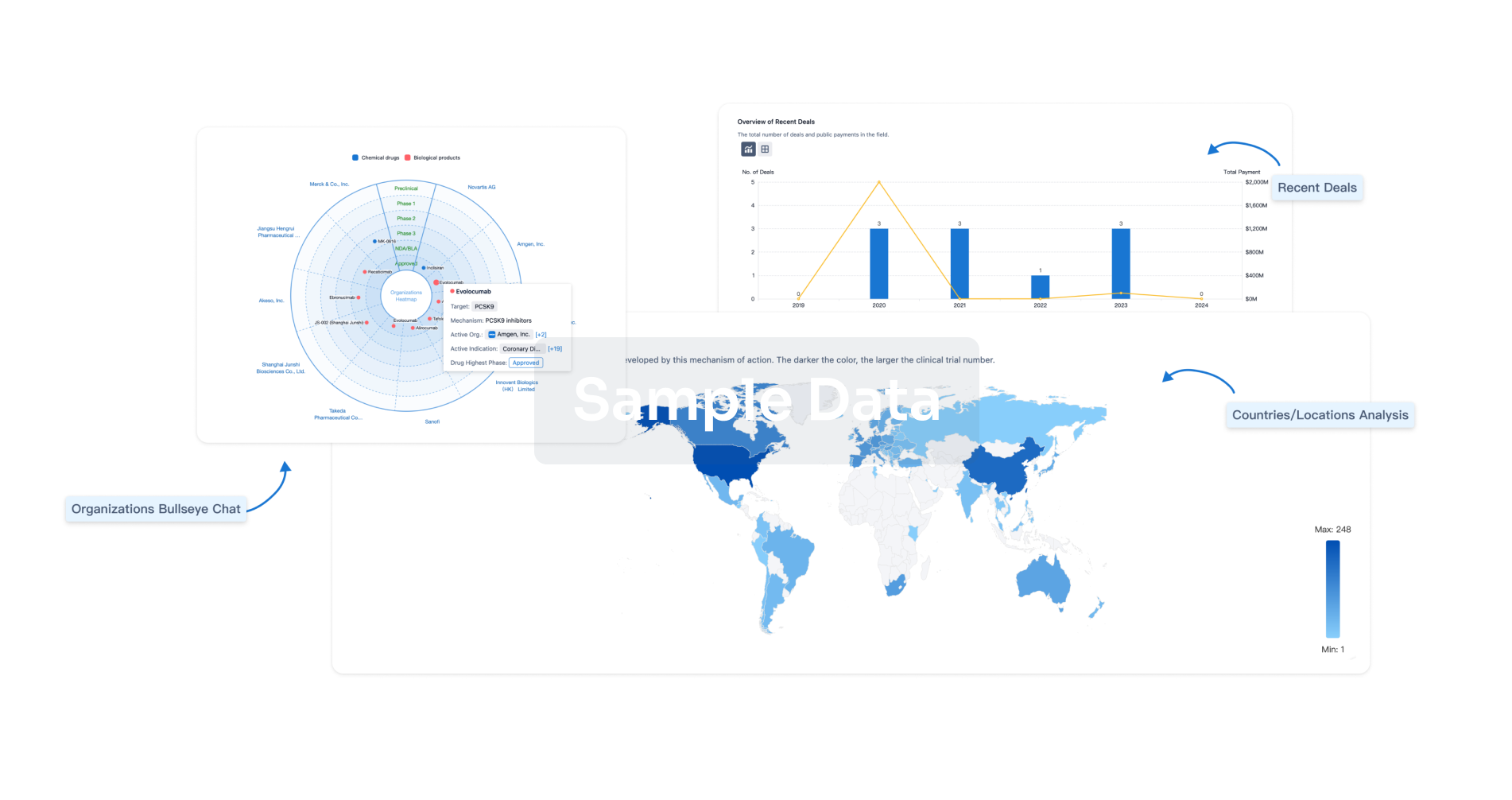Request Demo
Last update 08 May 2025
ITGA11
Last update 08 May 2025
Basic Info
Synonyms HsT18964, Integrin alpha-11, integrin subunit alpha 11 + [2] |
Introduction Integrin alpha-11/beta-1 is a receptor for collagen. |
Related
2
Drugs associated with ITGA11WO2024086919
Patent MiningTarget |
Mechanism- |
Active Org. |
Originator Org. |
Active Indication |
Inactive Indication- |
Drug Highest PhaseDiscovery |
First Approval Ctry. / Loc.- |
First Approval Date20 Jan 1800 |
Target |
Mechanism ITGA11 inhibitors |
Active Org.- |
Originator Org. |
Active Indication- |
Inactive Indication |
Drug Highest PhasePending |
First Approval Ctry. / Loc.- |
First Approval Date20 Jan 1800 |
100 Clinical Results associated with ITGA11
Login to view more data
100 Translational Medicine associated with ITGA11
Login to view more data
0 Patents (Medical) associated with ITGA11
Login to view more data
127
Literatures (Medical) associated with ITGA1101 Feb 2025·Experimental Cell Research
Matrix-mediated activation of murine fibroblast-like synoviocytes
Article
Author: Zeinert, Isabel ; Brachvogel, Bent ; Zaucke, Frank ; Baar, Till ; Pap, Thomas ; Mahabir, Esther ; Schmidt, Luisa ; Krieg, Thomas ; De Giuseppe, Anna ; Eckes, Beate ; Gatto, Giulio ; Krüger, Marcus ; Korb-Pap, Adelheid
01 Feb 2025·Science Bulletin
Plasma proteomics identifies proteins and pathways associated with incident depression in 46,165 adults
Article
Author: Deng, Yue-Ting ; Sahakian, Barbara J ; Kang, Jujiao ; Cheng, Wei ; Sahakian, Barbara J. ; Zhao, Yu-Jie ; Yang, Liu ; Zhang, Wei ; Chen, Yi-Lin ; Liu, Wei-Shi ; He, Xiao-Yu ; Ge, Yi-Jun ; You, Jia ; Feng, Jianfeng ; Wang, Lin-Bo ; Yang, Yucheng T ; Yang, Yucheng T. ; Zhao, Xing-Ming ; Yu, Jin-Tai ; Jia, Tianye ; Zhang, Yi
31 Dec 2024·Animal Cells and Systems
Identifying candidate genes associated with hippocampal dysfunction in a hemiparkinsonian rat model by transcriptomic profiling
Article
Author: Kang, Sohi ; Lee, Jeongmin ; Kim, Bohye ; Shin, Taekyun ; Hong, Sungmoo ; Kim, Joong-Sun ; Moon, Changjong ; Youn, BuHyun ; Jung, Chaeyong
Analysis
Perform a panoramic analysis of this field.
login
or

AI Agents Built for Biopharma Breakthroughs
Accelerate discovery. Empower decisions. Transform outcomes.
Get started for free today!
Accelerate Strategic R&D decision making with Synapse, PatSnap’s AI-powered Connected Innovation Intelligence Platform Built for Life Sciences Professionals.
Start your data trial now!
Synapse data is also accessible to external entities via APIs or data packages. Empower better decisions with the latest in pharmaceutical intelligence.
Bio
Bio Sequences Search & Analysis
Sign up for free
Chemical
Chemical Structures Search & Analysis
Sign up for free

